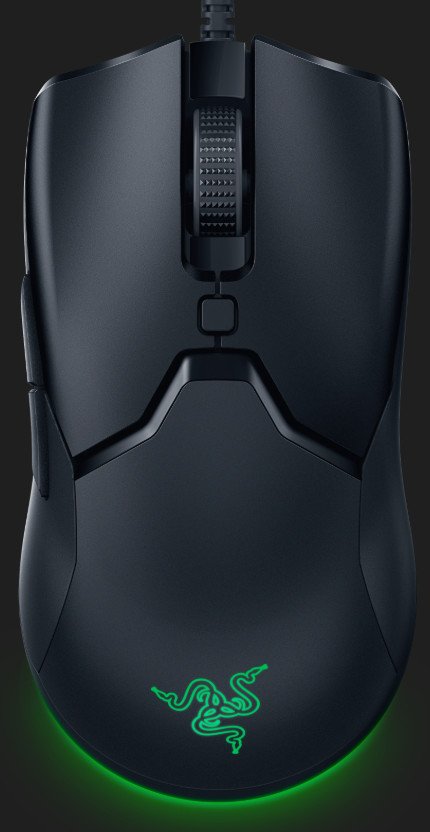The Viper Mini is Razer's lightest mouse yet, only matched by its tiny price
Razer's new $40 Viper Mini brings the best of gaming to a mouse built for those with smaller hands or who want a perfect travel companion.
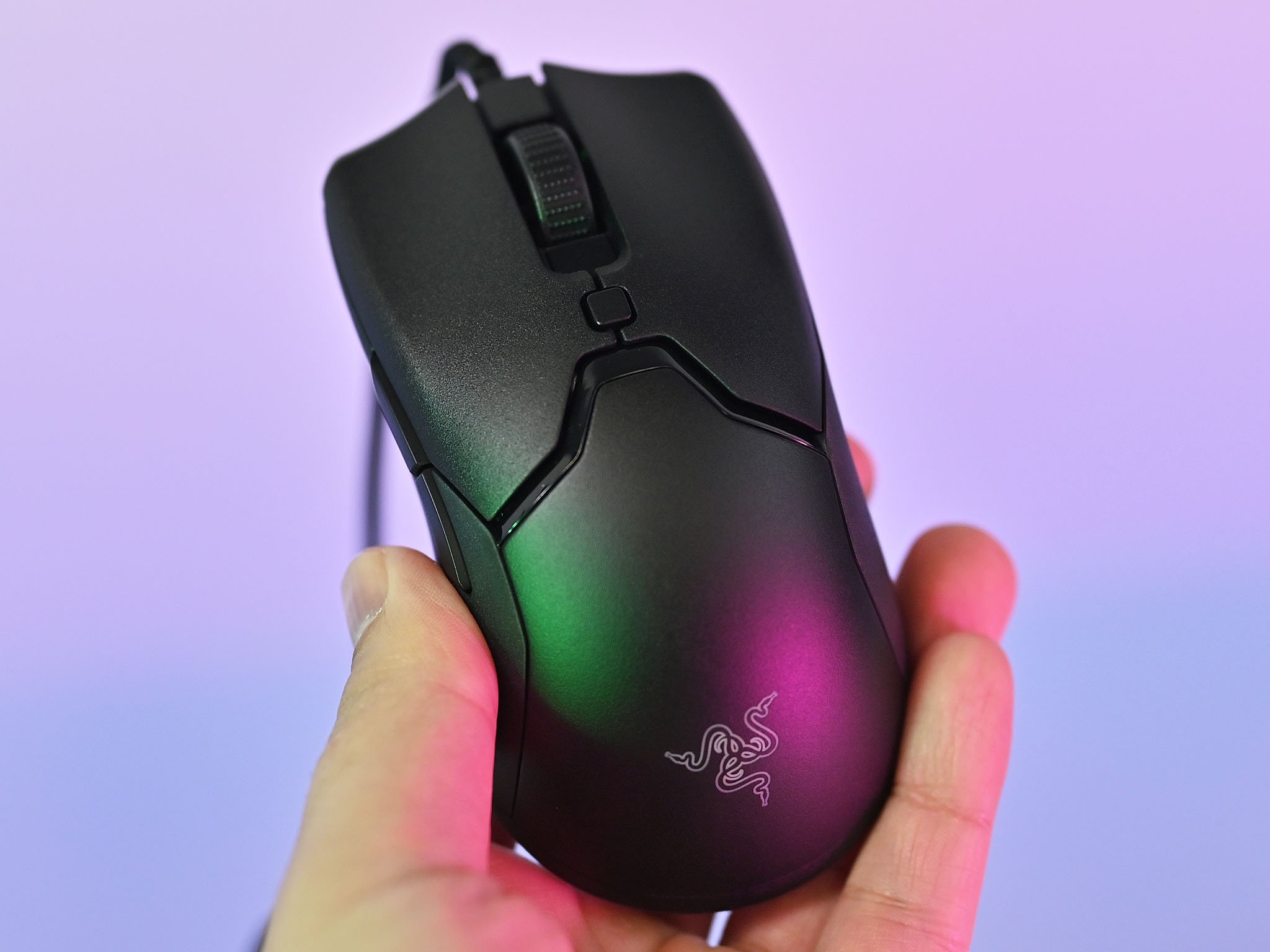
Razer is not shy about releasing new mice for particular gaming scenarios. The latest to join the lineup is the all-new Viper Mini. As the name implies, this mouse is a smaller version of the Viper, which we loved when we reviewed it a few months ago.
Fetching just $40 (50€) and weighing only 61 grams, the Viper Mini is perfect for those with smaller hands, or if you want a solid wired gaming mouse for travel. Here's what you need to know.
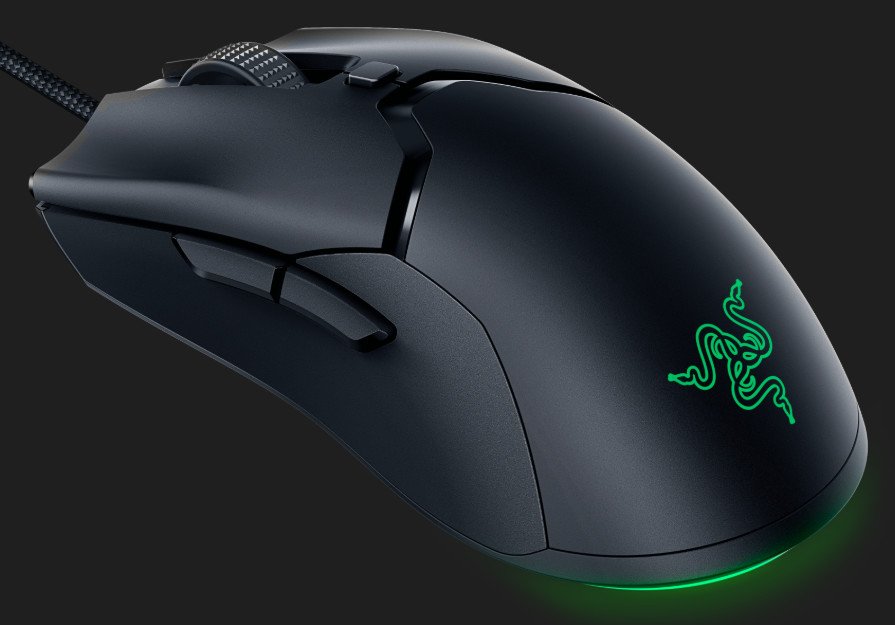
Bottom line: The Viper Mini is a tiny powerhouse that also doesn't cost a lot.
For
- Lightest Razer mouse yet
- Built for those with smaller hands
- Ambidextrous
- Excellent specs
- Very affordable price
Against
- Specs are not as high as Viper
- Wired
Razer Viper Mini specs and features
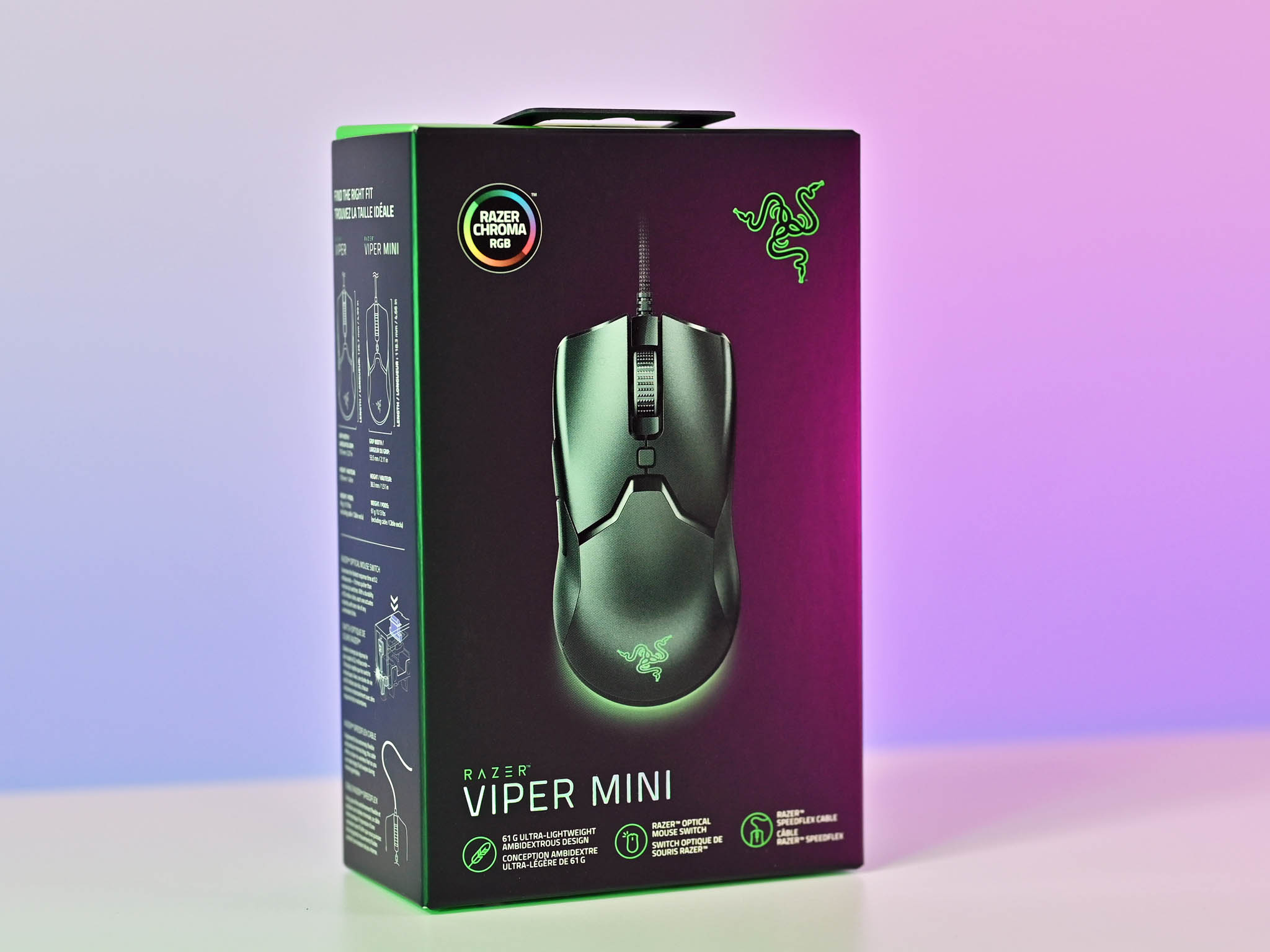
With a similar design to the larger Viper, the Viper Mini brings an ambidextrous design and ergonomics, making it ideal for any gamer.
Considering the Viper Mini is half the price ($40) of the Viper ($80) and much more affordable than the Viper Ultimate ($150), you could bet that some of the specs are also reduced. Here's how they all compare:
| Category | Viper Mini | Viper | Viper Ultimate |
|---|---|---|---|
| Shape | False-Ambidextrous | True Ambidextrous | True Ambidextrous |
| Sensor | Optical | 5G | FOCUS+ |
| Sensitivity (DPI) | 8,500 | 16,000 | 20,000 |
| Max Speed (IPS) | 300 | 450 | 650 |
| Max acceleration (G) | 35 | 50 | 50 |
| Sensor AI Functionalities | n/a | n/a | Yes |
| Mouse Switch | Optical | Optical | Optical |
| Click Lifecycles | 50m | 70m | 70m |
| Weight | 61g | 69g | 74g |
| Onboard memory | 1 Profile | 1 Profile | 5 Profiles |
| Programmable buttons | 6 | 8 | 8 |
| RGB Lighting | THS Logo/Underglow lighting | THS Logo | THS Logo |
| Price | $40 | $80 | $150 |
What's unique about the Viper Mini is its new under glow RGB lighting. While the Viper and Viper Ultimate had some RGB lighting for the "triple-headed snake" (THS) logo, the Viper Mini goes a step further with some edge lighting that makes this mouse a bit special.
Razer notes that the Viper Mini is "perfect for gamers with small to medium hands or those looking for a feature-rich, high-performance mouse in a lighter, more portable chassis."
Razer Viper Mini How is it?
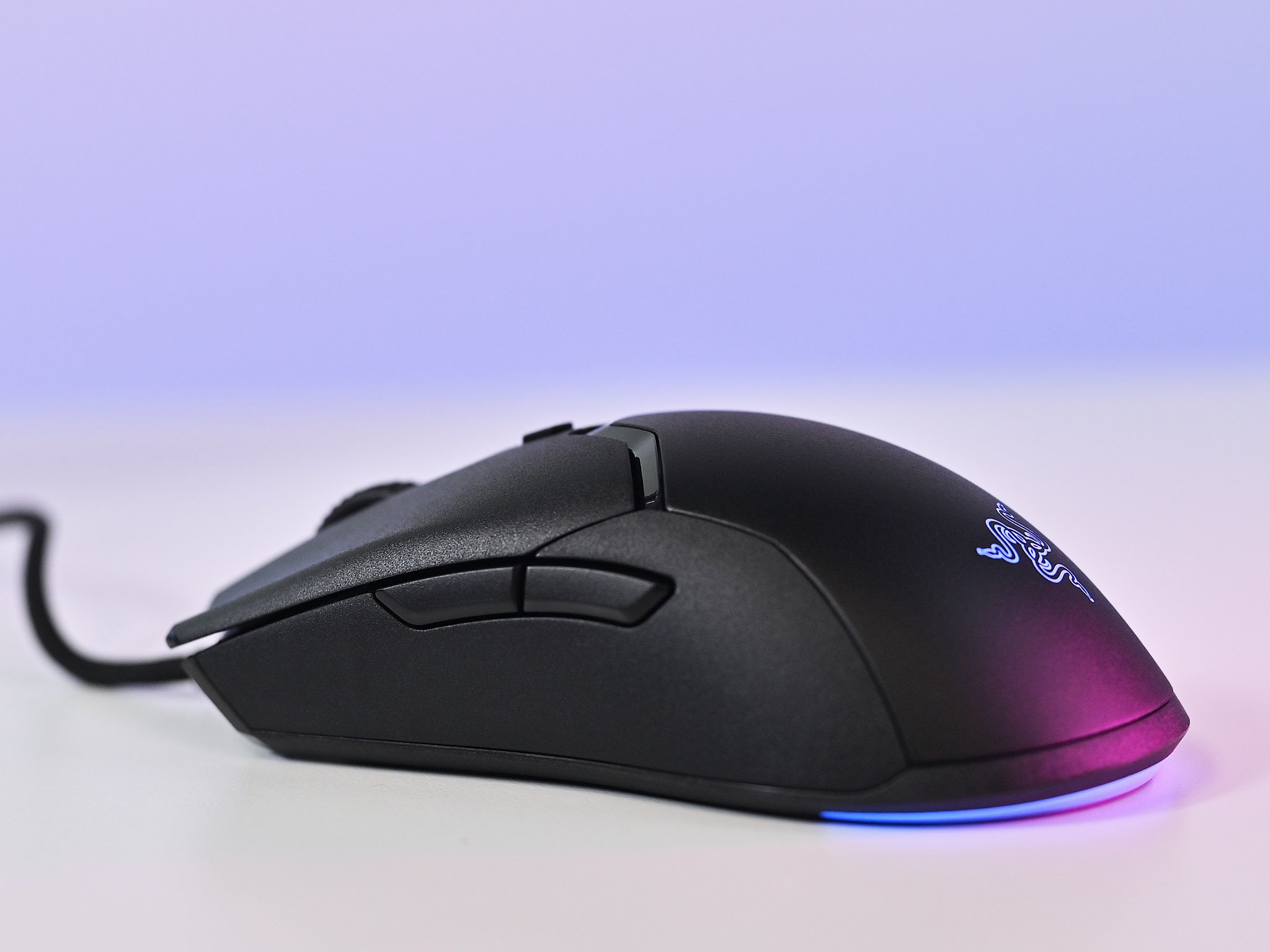
I've been using the Viper Mini for the last few weeks, and even though it's a step down in features from the larger Viper, it's an impressive mouse, especially for $40. Most mice at this price range don't feature 8,500 DPI level of sensitivity, or even an optical sensor let alone RGB lighting, Razer's Speedflex cable, or onboard profiles (ideal for switching between different PCs).
Get the Windows Central Newsletter
All the latest news, reviews, and guides for Windows and Xbox diehards.

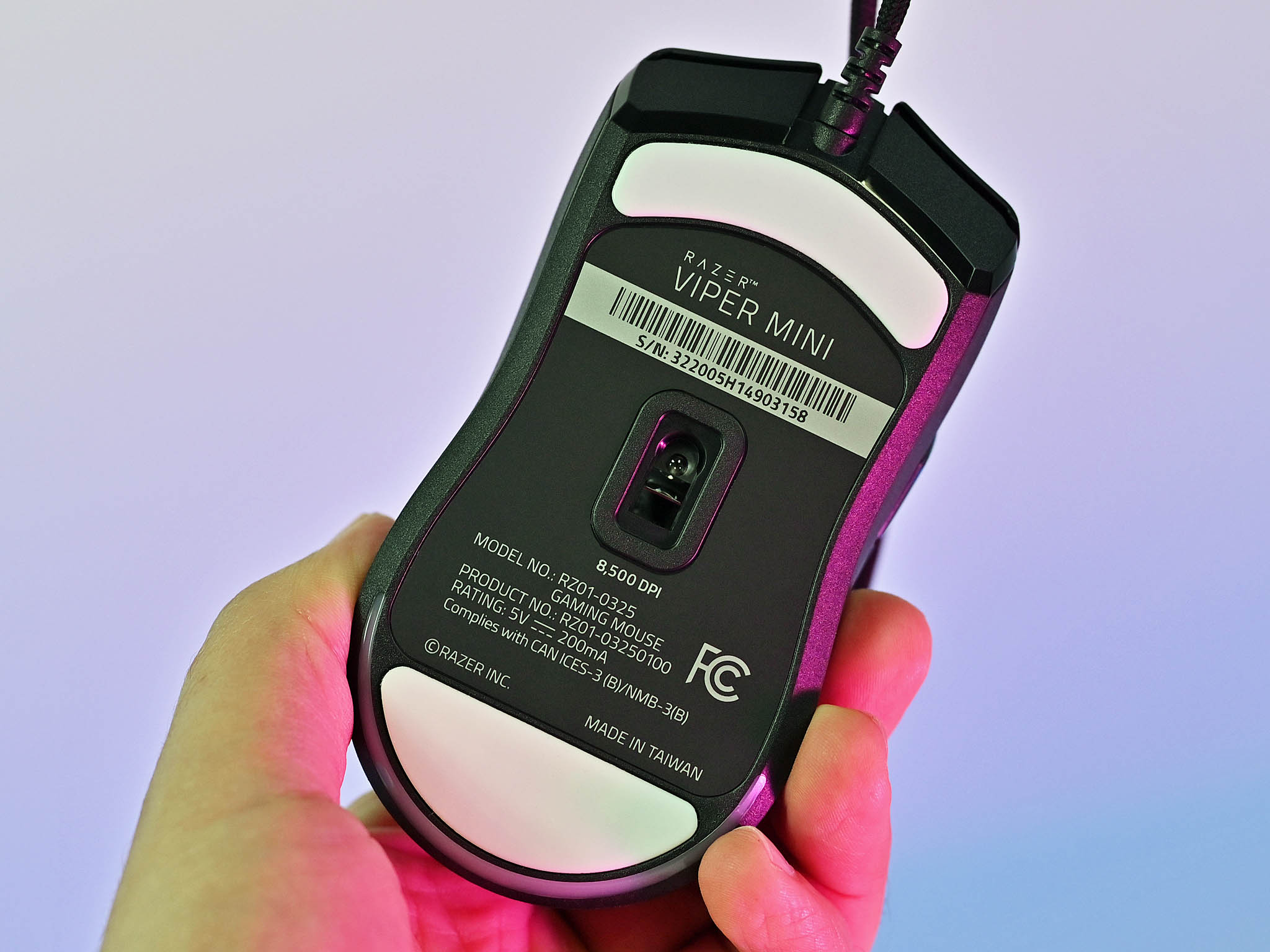
While Razer positions the Viper Mini for gamers with smaller hands, I found the mouse also ideal for simple productivity usage when traveling. At 61 grams, the Viper Mini is very light and easy to pack, and that high DPI ensures butter-smooth mousing, whether it's in Excel or fragging in your favorite first-person shooter.
While some may prefer a wireless experience (see the excellent Razer Atheris), the Viper Mini has better specs for gaming at a similar price, and you get that nifty rear under glow lighting.
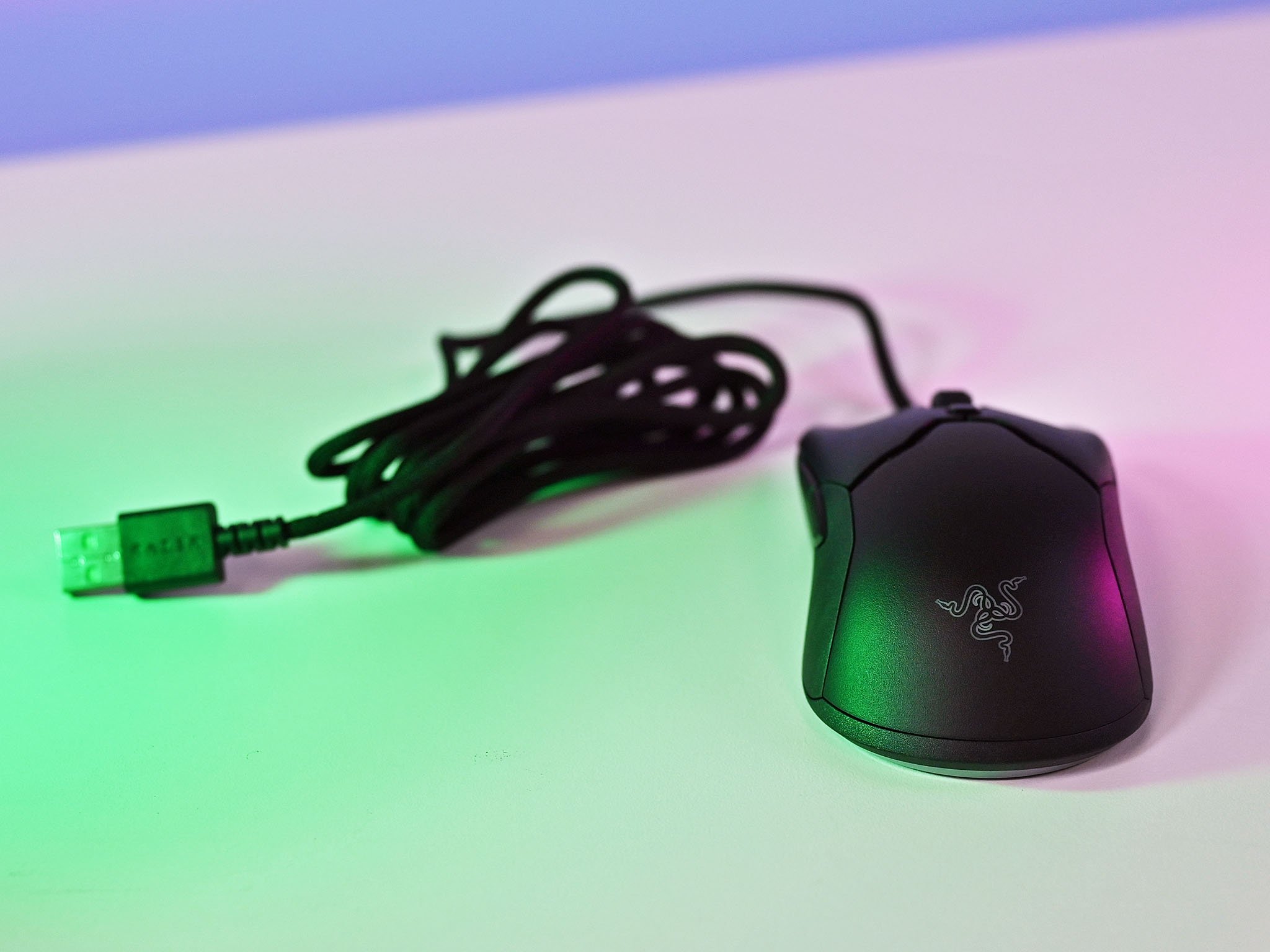
Overall, the Viper Mini is another excellent addition to Razer's increasingly massive gaming mouse portfolio. It's also helpful to acknowledge that not everyone has large hands and may prefer a performant gaming mouse built for travel and those with smaller frames.
Look for the Viper Mini at Razer.com and other authorized retailers starting today.

Daniel Rubino is the Editor-in-chief of Windows Central. He is also the head reviewer, podcast co-host, and analyst. He has been covering Microsoft since 2007 when this site was called WMExperts (and later Windows Phone Central). His interests include Windows, laptops, next-gen computing, and wearable tech. He has reviewed laptops for over 10 years and is particularly fond of 2-in-1 convertibles, Arm64 processors, new form factors, and thin-and-light PCs. Before all this tech stuff, he worked on a Ph.D. in linguistics, performed polysomnographs in NYC, and was a motion-picture operator for 17 years.
